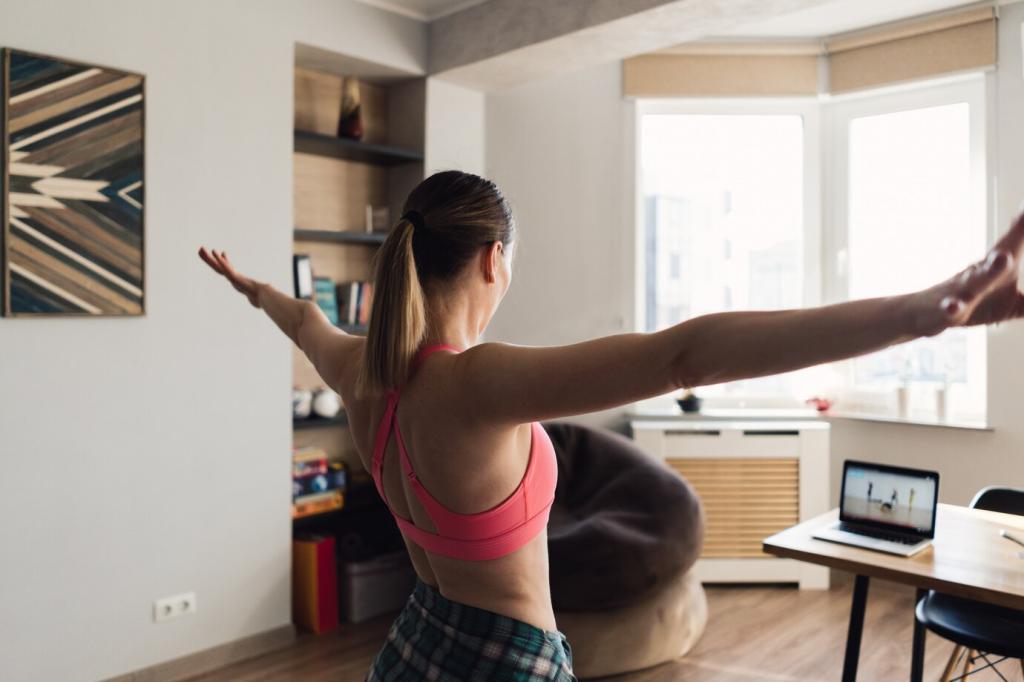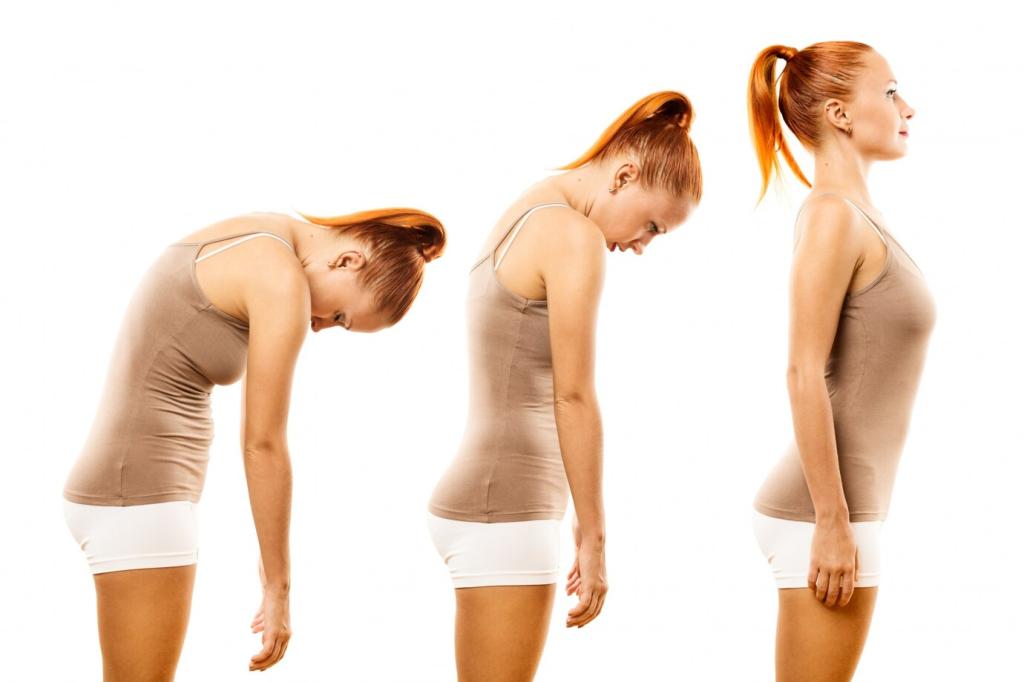Top Ergonomic Features of Modern Standing Desks
Chosen theme: Top Ergonomic Features of Modern Standing Desks. Discover how thoughtful design details transform daily comfort, posture, and focus. Join our community of curious desk tinkerers—comment with your setup goals and subscribe for fresh ergonomic insights.
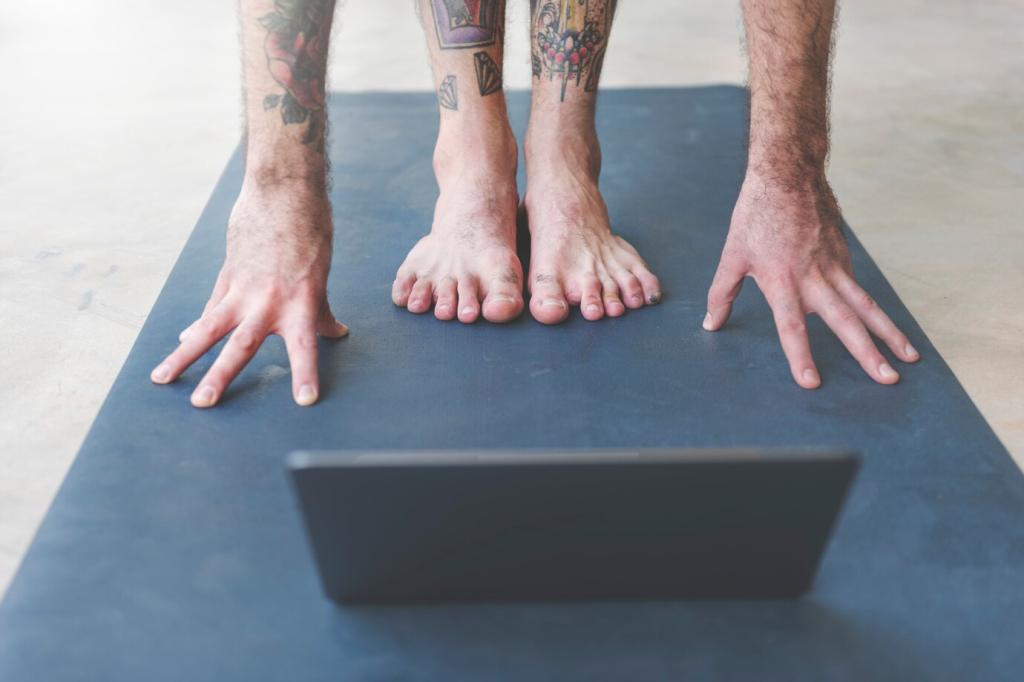
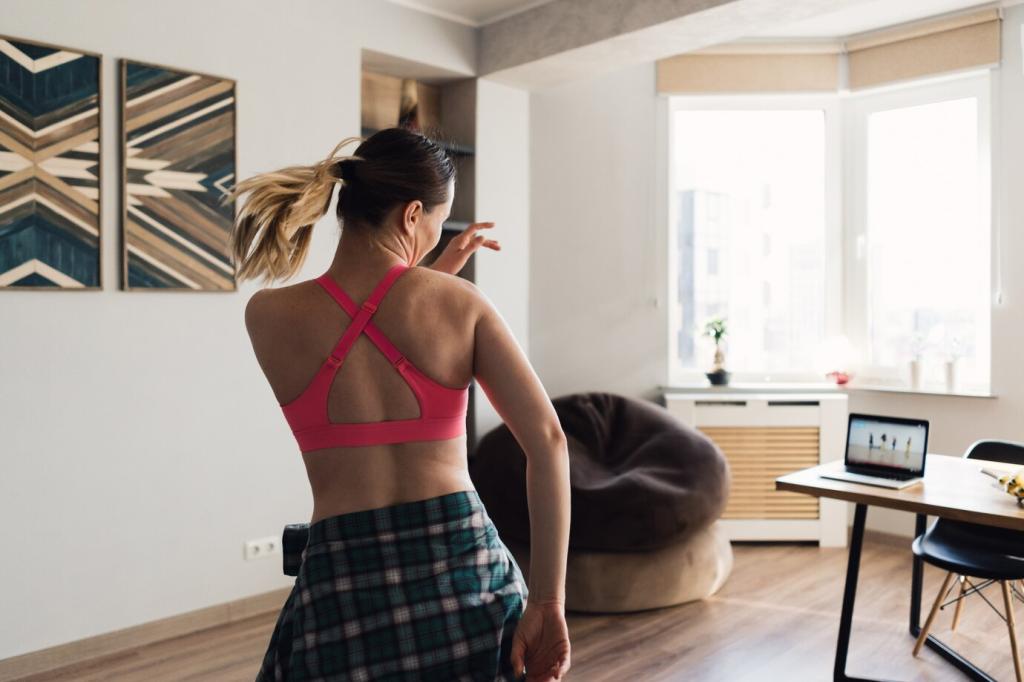
Neutral posture keeps ears over shoulders, elbows near ninety degrees, and wrists straight. A standing desk that adjusts smoothly preserves alignment through position changes, reducing strain and helping you stay present, calm, and productive throughout demanding days.
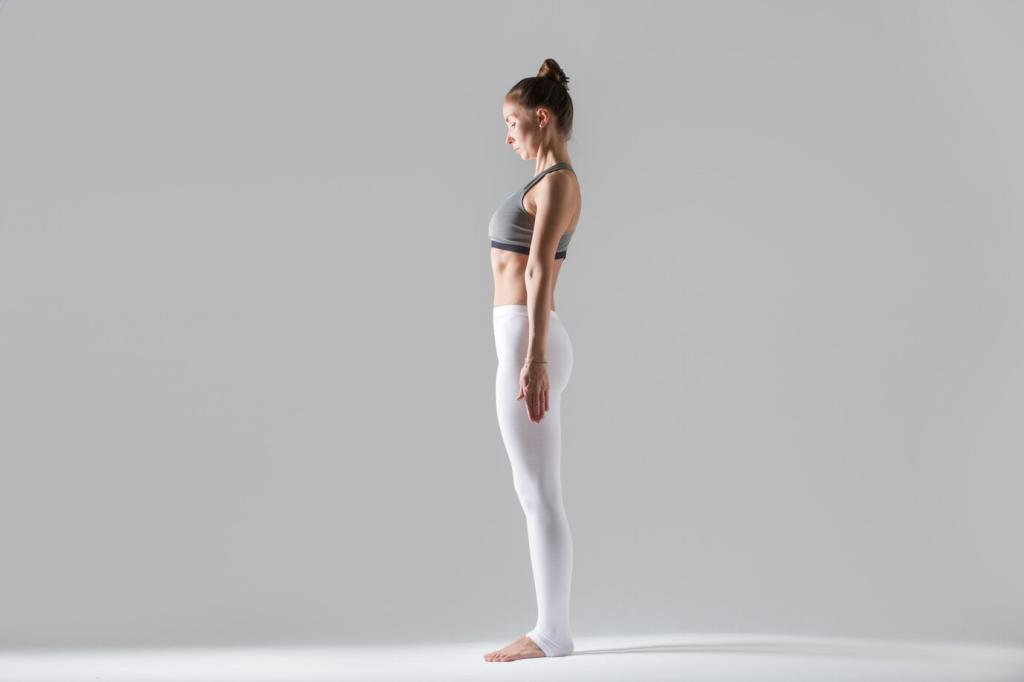
The biggest ergonomic win is movement. Alternating positions every thirty to forty-five minutes encourages circulation, maintains energy, and discourages slumping. A well-designed standing desk supports effortless transitions so you actually move, not just stand still uncomfortably.
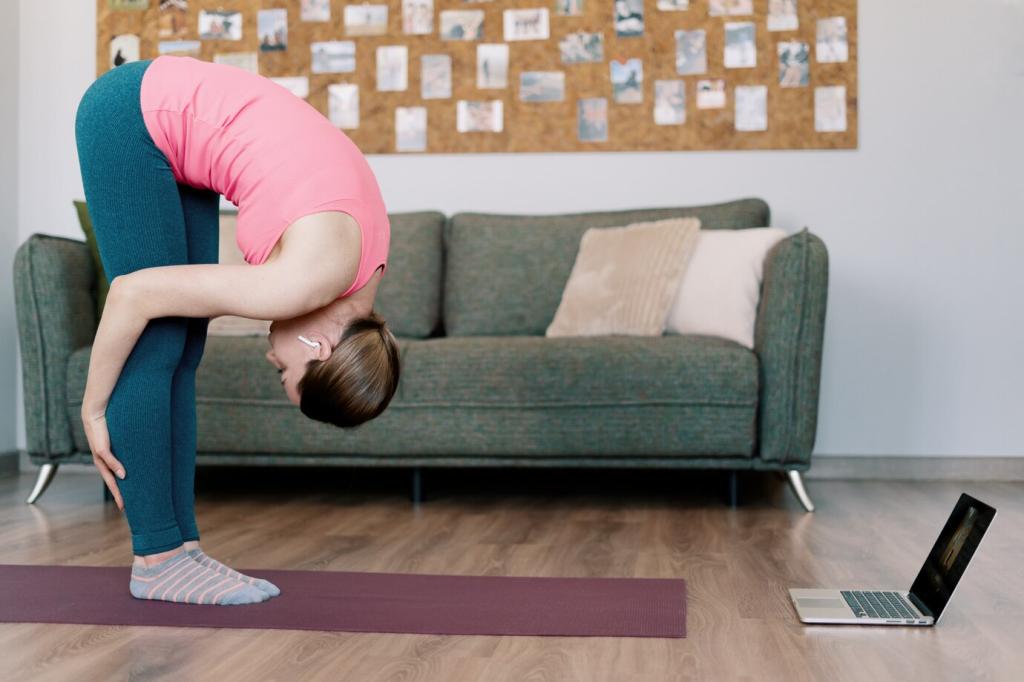
Fine-grained height increments let you dial in your exact comfort point, compensating for shoe height, mat thickness, or footwear changes. Small tweaks compound over hours, preventing shoulder shrugging, wrist extension, and neck craning that quietly sap focus and comfort.
Adjustable Height, Presets, and Safety Systems

Finding Your Ideal Height
Start at a height where your forearms are parallel to the surface and shoulders stay relaxed. Keyboard should meet elbows, while the monitor adjusts to eye level. Save that sweet spot so returning to comfort is effortless every single time.

Memory Presets That Fit Your Day
Program a sitting preset, a standing preset, and a reading or sketching preset. One-tap switching reduces friction, so you actually rotate positions. The easier the transition, the more consistent your posture, stamina, and creative flow throughout the day.

Anti-Collision and Child Lock
Modern desks include sensors that halt movement when they encounter resistance, protecting knees, drawers, and curious pets. Child locks prevent accidental activation. These small safeguards encourage frequent adjustments without fear, which keeps your ergonomic routine steady and sustainable.
Top Surfaces, Edges, and Cable Management
A chamfered or radiused front edge lessens contact stress on forearms, especially during long typing or sketching sessions. Reduced pressure encourages relaxed shoulders and fluid wrist motion, making small ergonomic gains that add surprising comfort over hours.
Matte laminates, linoleum, or finished bamboo soften reflections that cause eye strain, while resisting scratches and coffee mishaps. A calm, non-gloss surface helps your eyes rest, which pairs beautifully with upright posture and a focused, distraction-free workflow.
Built-in raceways, grommets, and under-desk trays route power neatly, keeping cords off your legs and away from lift columns. Fewer snags mean safer transitions, cleaner aesthetics, and more freedom to move your keyboard, mouse, and mat fluidly.

Movement Accessories That Multiply Ergonomic Benefits
Anti-Fatigue Mats for Subtle Support
A quality anti-fatigue mat introduces gentle cushioning and micro-instability, prompting calf contractions that boost circulation. Softer ground reduces pressure on heels and knees, extending comfortable standing time while preserving posture and keeping your focus locked on meaningful work.
Active Footrests and Balance Boards
A rocking footrest or balance board invites ankle, hip, and core engagement. Small shifts distribute load, relieve hotspots, and discourage locked knees. Variety is the secret: change stance often, and movement becomes a natural part of your routine.
Sit–Stand Rhythm and Helpful Reminders
Use gentle reminders—watch timers, desk apps, or calendar nudges—to rotate positions. Many users thrive with thirty- to forty-five-minute cycles. Experiment, track how you feel, and share your ideal rhythm so others can learn from your discoveries.
Screen, Keyboard, and Pointer Ergonomics on a Standing Desk
A sturdy monitor arm sets the top third of the screen near eye level and at a comfortable viewing distance. Quick adjustability prevents neck craning when you switch shoes, add a mat, or change from typing to reading.
Stability, Noise, and Lift Performance
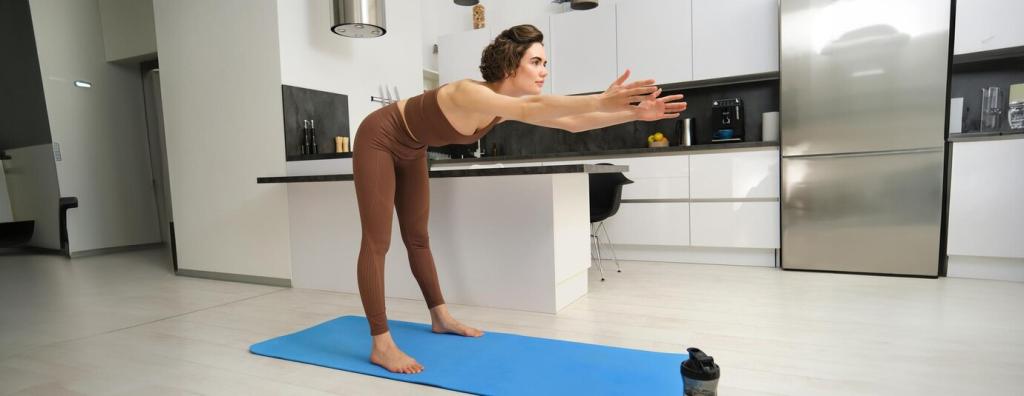
A robust frame with well-designed cross supports minimizes wobble at height, protecting your typing accuracy and monitor stability. When the desk feels planted, you adjust without hesitation, preserving posture and keeping your mind on the creative task.
Real-World Stories and Setup Ideas
Maya set a preset for feedback sessions that raised her desk slightly higher than usual, opening her chest and softening wrist angles. The change felt tiny, yet her three o’clock energy slump vanished within a week of consistent use.
Real-World Stories and Setup Ideas
Luis paired memory presets with a textured balance board. Gentle ankle movement kept him alert during tests, and the quiet motors let him adjust mid-call. After a month, his lower-back ache faded and his code reviews felt easier.
